Apple bananas, also known as Manzano bananas, are one of the most delicious and unique banana varieties you can grow at home. Their short, fat fruits have a sweet flavor with a tangy apple-like taste, earning them the nickname “apple banana.” This tropical favorite thrives in warm climates and can be grown successfully both in the ground and in large containers.
If you’ve ever wondered how to plant apple banana pups and care for them to ensure healthy growth and high yields, this comprehensive guide—based on the video “Apple Banana aka. Manzano Pup Planting”—will walk you through every step of the process, from preparing your soil to harvesting sweet, flavorful fruits.
1. What Are Apple Bananas (Manzano Bananas)?
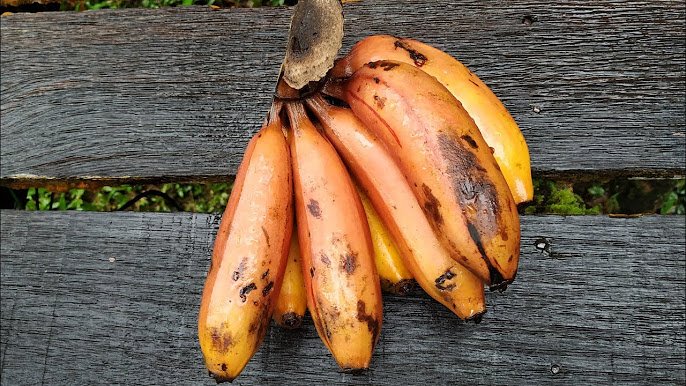
Apple bananas (Musa acuminata ‘Manzano’) are native to Central and South America and are now cultivated in many tropical and subtropical regions worldwide. The plants grow to about 8–10 feet tall, making them more compact than common Cavendish bananas, and their fruits are smaller—about 4–5 inches long—with thick peels that turn bright yellow when ripe.
What makes Manzano bananas special is their sweet and slightly tangy flavor that resembles apples or strawberries. They’re rich in vitamin C, potassium, and dietary fiber, making them a healthy and tasty snack for all ages.
2. Ideal Climate and Growing Conditions
To successfully grow apple bananas, it’s essential to understand their preferred environmental conditions. They love warm, humid weather and grow best in temperatures between 25°C and 30°C (77°F–86°F).
Ideal growing conditions include:
- Sunlight: At least 6–8 hours of direct sunlight daily.
- Soil: Loamy, well-drained, and rich in organic matter. Avoid heavy clay or sandy soils that retain too much or too little moisture.
- Rainfall/Irrigation: Consistent moisture, about 1000–2000 mm annually.
- Humidity: Between 60–80%.
If you live in a cooler region, you can still grow apple bananas in containers and move them indoors during cold months or frost.
3. Choosing and Preparing Banana Pups
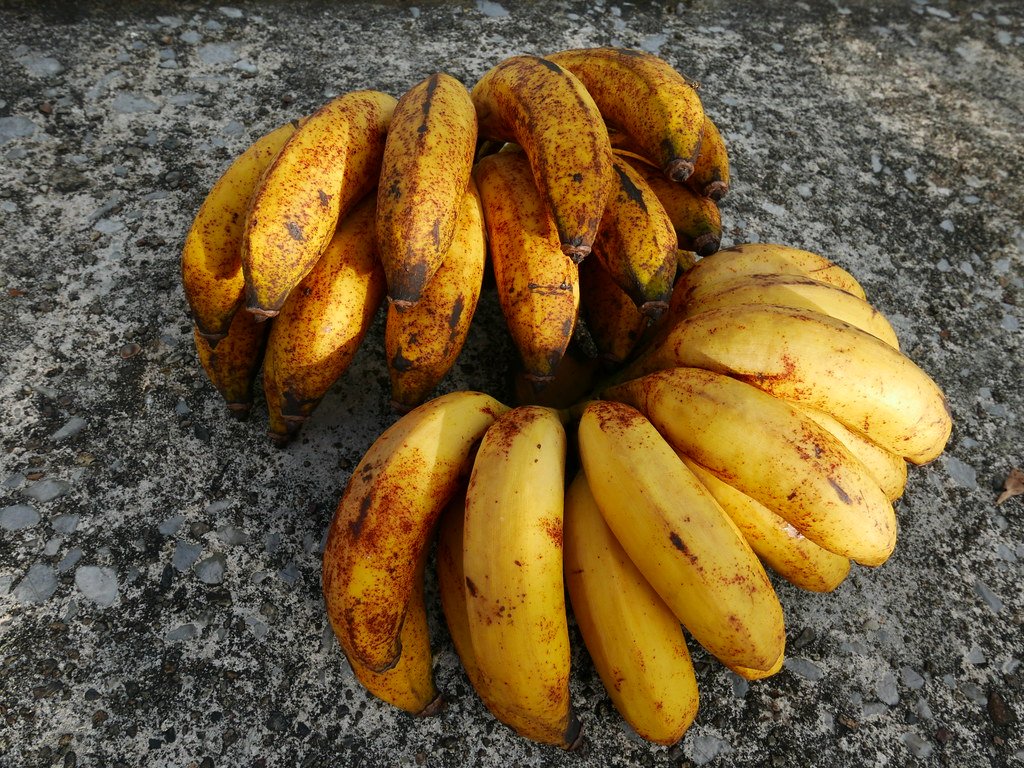
Apple bananas are propagated through pups (suckers) that grow around the base of the mother plant. Selecting healthy pups is the first step toward a productive banana plant.
Types of suckers:
- Sword suckers: Ideal for planting; they have narrow, blade-like leaves and strong rhizomes.
- Water suckers: Avoid these; they have broad leaves and weak root systems that lead to poor fruiting.
Choose a 1–2-foot-tall sword sucker from a mature, healthy mother plant. Carefully dig around the base to remove it without damaging its corm (underground stem).
Preparation steps before planting:
- Trim the roots and remove any dead or damaged tissue.
- Peel away the outer layers of the corm to expose clean, white tissue.
- Dip the sucker in a fungicide or boiling water (for 30 seconds) to eliminate nematodes and weevils.
- Allow it to air-dry for a few hours before planting.
This preparation ensures your pup starts disease-free and establishes quickly once planted.
4. Land or Pot Preparation
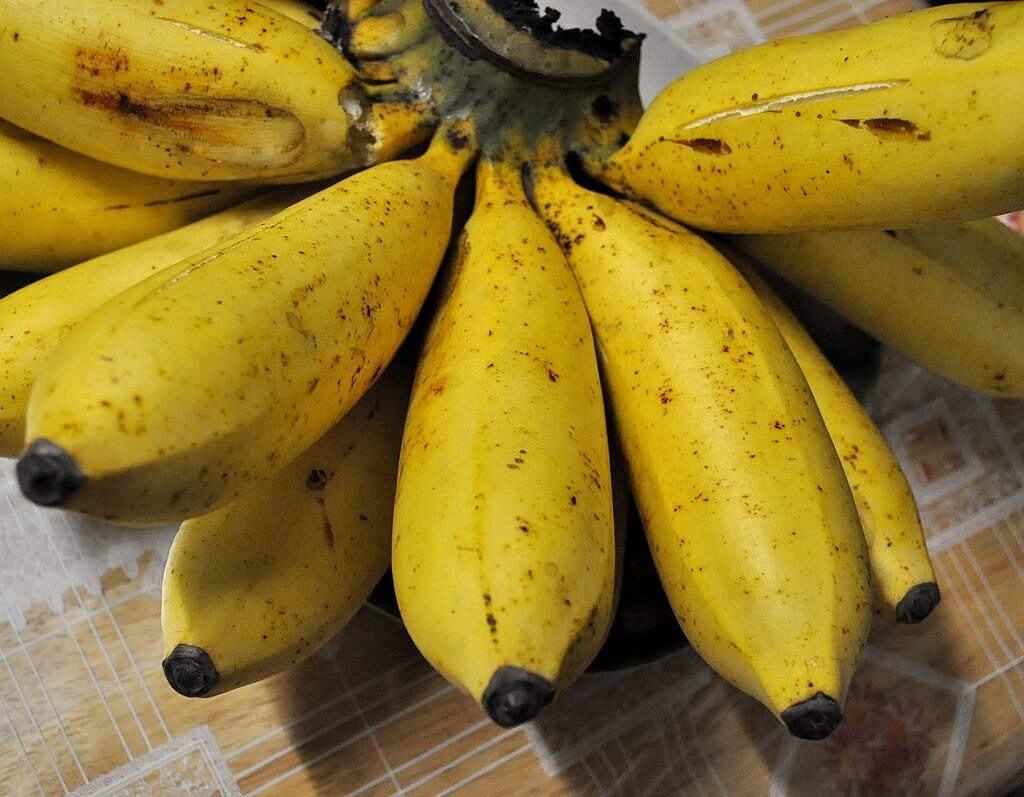
Whether you’re planting in open soil or containers, preparing the planting area properly is essential for vigorous growth.
For field or backyard planting:
- Clear the area of weeds, debris, and stones.
- Dig holes 45 cm deep and 45 cm wide.
- Mix the topsoil with 10–15 kg of organic compost or well-rotted manure.
- Maintain a spacing of 2–2.5 meters (6–8 feet) between plants to ensure good airflow and sunlight exposure.
For container planting:
- Use large pots or barrels (at least 25–30 liters in capacity).
- Fill with a mix of 50% loamy soil, 30% compost, and 20% sand or coco peat.
- Ensure proper drainage to prevent waterlogging.
5. Planting the Apple Banana Pup
- Place the prepared pup upright in the center of the hole or container.
- Fill with soil mixture up to the base of the pseudostem (the thick stem above ground).
- Firmly press the soil around it to remove air pockets.
- Water thoroughly after planting.
Pro tip: Add a layer of mulch (dry leaves or grass) around the base to retain soil moisture and suppress weeds.
6. Watering and Irrigation
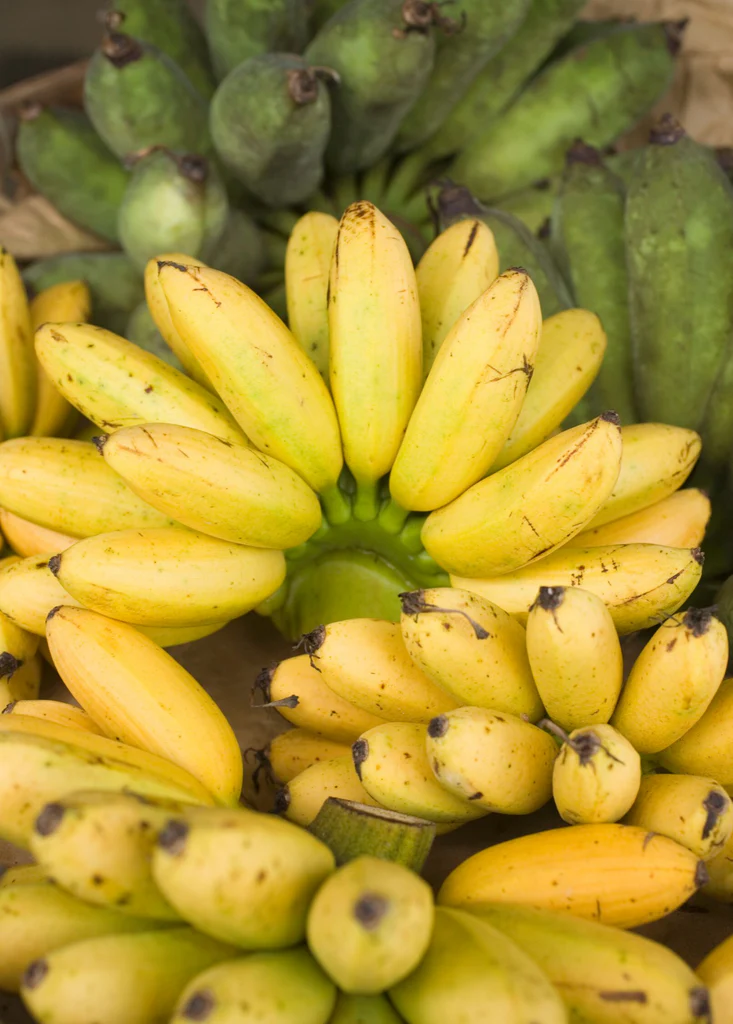
Apple bananas need consistent watering to establish and grow properly.
- First 2–3 months: Water every 2–3 days to help the roots settle.
- After establishment: Water once or twice weekly, depending on rainfall and temperature.
- During fruiting: Increase watering frequency to keep soil moist but not soggy.
Avoid waterlogging, as standing water can cause root rot and fungal infections. Drip irrigation is an excellent option for even, controlled watering.
7. Fertilization and Nutrient Management
Bananas are heavy feeders that thrive on nutrient-rich soils. Regular feeding ensures fast growth, large leaves, and healthy bunches.
Fertilizer schedule:
- At planting: Mix 10–15 kg compost or farmyard manure into the soil.
- After 3 months: Apply NPK 15:15:15 at 200 g per plant.
- After 6 months: Apply potassium-rich fertilizer (MOP or 17:17:17 NPK) to encourage fruit formation.
- During flowering: Add a mix of organic compost and banana peel tea to enhance sweetness and fruit size.
Organic growers can use compost tea, fish emulsion, or vermicompost as natural alternatives.
8. Mulching and Weed Control
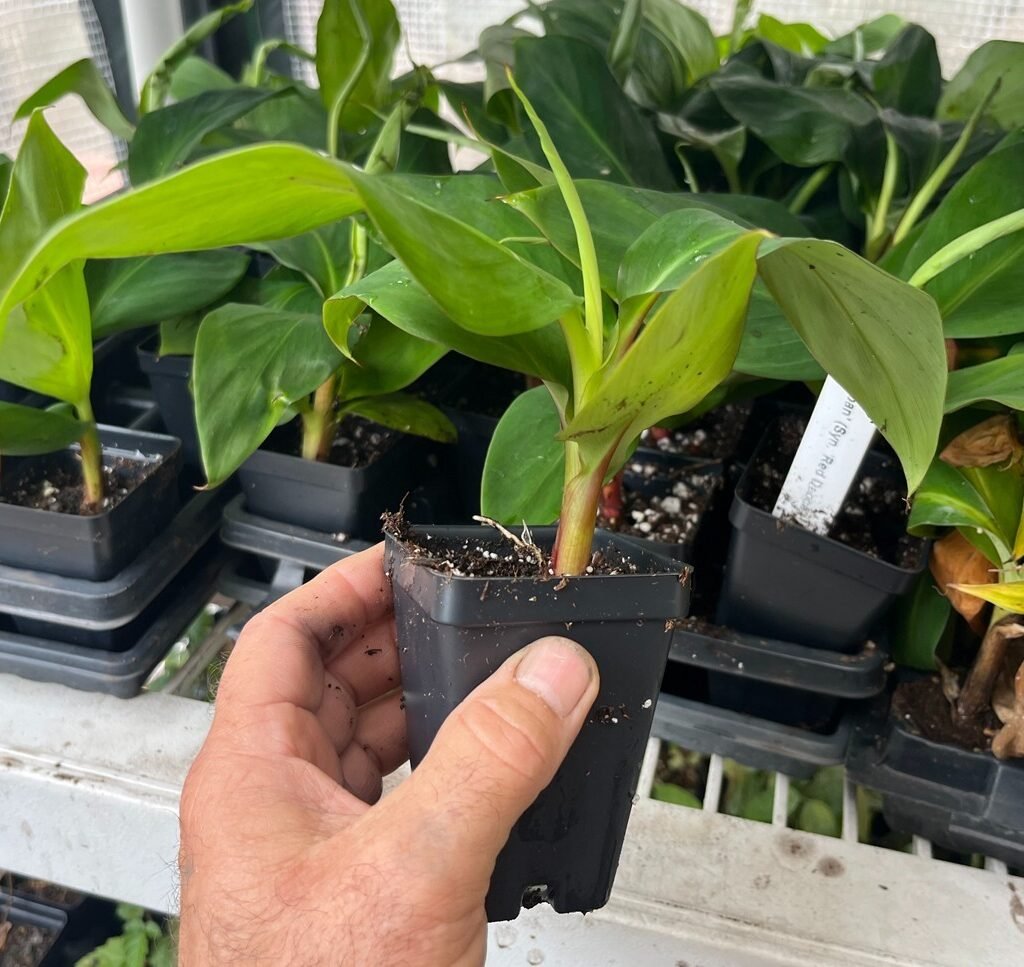
Mulching plays a crucial role in keeping your soil fertile and moist. Spread a 5–10 cm thick layer of mulch made from banana leaves, straw, or dry grass around each plant.
Benefits of mulching:
- Conserves soil moisture.
- Suppresses weed growth.
- Regulates soil temperature.
- Gradually adds nutrients as it decomposes.
Keep the mulch about 5–10 cm away from the pseudostem to prevent fungal problems.
Weeds should be removed manually every 3–4 weeks during the early stages of growth to prevent nutrient competition.
9. Pest and Disease Management
Like all bananas, Manzano bananas are prone to a few common pests and diseases. Regular monitoring and prevention are key.
Common pests:
- Banana weevil: Bores into pseudostems; control with pheromone traps and clean planting material.
- Aphids: Transmit viral diseases; manage with neem oil or soap spray.
- Nematodes: Attack roots; prevent using hot-water-treated suckers.
Common diseases:
- Sigatoka leaf spot: Causes black or yellow spots on leaves—remove affected leaves and use organic fungicides.
- Panama disease (Fusarium wilt): Soil-borne; avoid planting in infected areas and maintain good drainage.
Practicing crop rotation and maintaining field hygiene will help minimize pest and disease problems naturally.
10. Pruning and Desuckering
Each banana plant produces multiple suckers, but allowing all of them to grow reduces fruit quality. Desuckering is the process of removing extra shoots so that nutrients are concentrated in the main plant.
Keep only two or three healthy suckers:
- The mother plant – the current fruiting plant.
- The daughter sucker – the next generation.
- The granddaughter sucker – to continue production after harvest.
Prune off dried leaves regularly to promote good airflow and sunlight penetration.
11. Flowering and Fruit Development
Apple banana plants typically start flowering 8–10 months after planting. The inflorescence (flower bunch) emerges from the top of the pseudostem and begins forming fruit clusters.
Once flowering begins:
- Water regularly.
- Support the plant with a bamboo pole or stake to prevent it from falling over.
- Remove old leaves that shade the bunch.
The fruits take 3–4 months to mature after flowering, turning bright yellow when ripe.
12. Harvesting and Post-Harvest Care
Harvesting usually takes place 12–14 months after planting, depending on growing conditions. Fruits are ready when they are full-sized but still firm and greenish-yellow.
To harvest:
- Cut the entire bunch with a sharp knife or machete.
- Handle gently to avoid bruising the fruits.
- Store in a cool, shaded place for ripening.
The fruits ripen naturally within 5–7 days and can be eaten fresh or used in desserts, smoothies, and baked goods. They have a creamy texture and a pleasant apple-like tang when fully ripe.
13. Growing Apple Bananas in Pots (For Home Gardeners)
You don’t need a large farm to grow apple bananas. They grow beautifully in containers when provided with the right conditions:
- Use a 25–30-liter pot with proper drainage.
- Place it in a sunny location (balcony, terrace, or backyard).
- Water regularly and feed every 2–3 weeks with organic fertilizer.
- Protect the plant from strong winds and cold weather.
Container-grown Manzano bananas may produce slightly smaller bunches, but they still yield delicious, sweet fruits.
14. Health Benefits of Apple Bananas
Besides their delightful flavor, apple bananas are packed with nutrients:
- Rich in potassium: Supports heart health and blood pressure.
- High in vitamin C: Boosts immunity.
- Loaded with fiber: Aids digestion.
- Natural energy source: Great for athletes and children.
Including Manzano bananas in your diet provides both taste and nourishment.
15. Key Tips for Successful Apple Banana Cultivation
- Always start with healthy sword suckers.
- Maintain consistent watering and mulching.
- Apply both organic and inorganic fertilizers for balanced nutrition.
- Keep two to three suckers per plant to ensure continuous yield.
- Watch for pests and diseases regularly.
- Support plants during fruiting to prevent them from bending or breaking.
Conclusion
Growing apple bananas (Manzano bananas) from pups is a rewarding and enjoyable experience for any gardener. With proper care—healthy suckers, nutrient-rich soil, regular watering, and pest control—you can enjoy abundant harvests of these sweet, apple-flavored fruits right from your garden or patio.
Whether you’re cultivating them for home consumption or small-scale sales, apple bananas bring beauty, nutrition, and flavor to your garden. Their compact size and delicious taste make them one of the best banana varieties to grow for tropical fruit lovers everywhere.
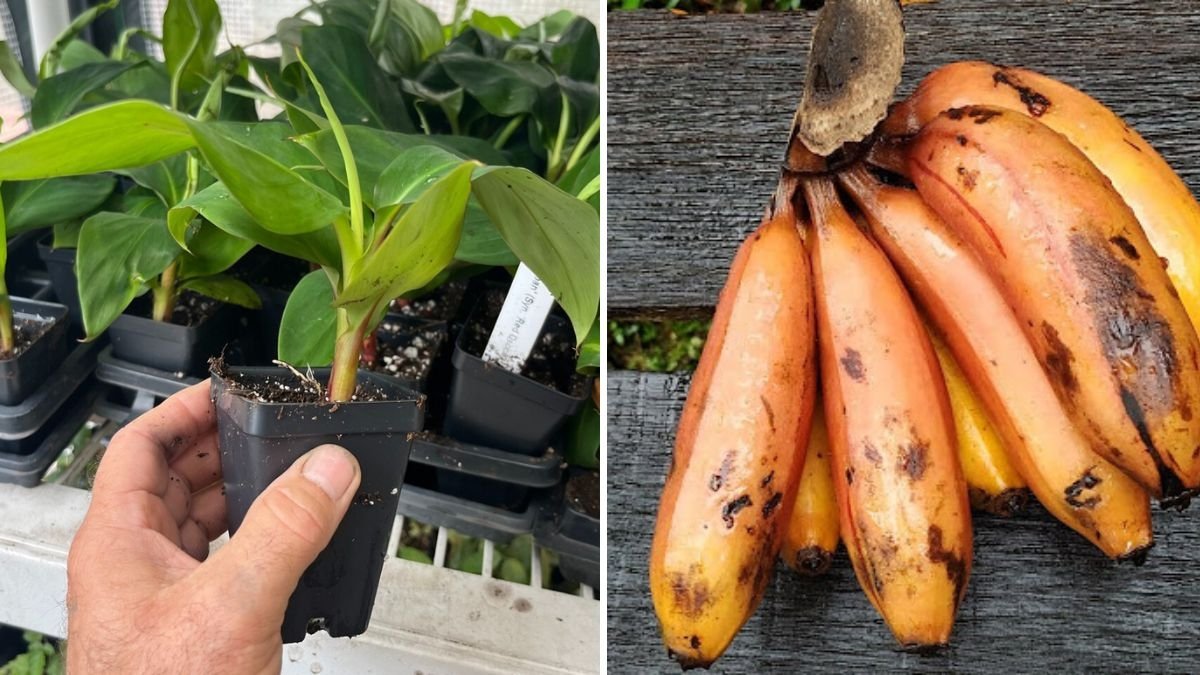
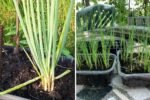
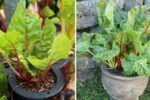
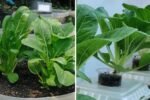
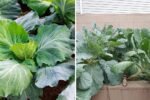
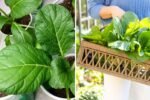
Leave A Comment